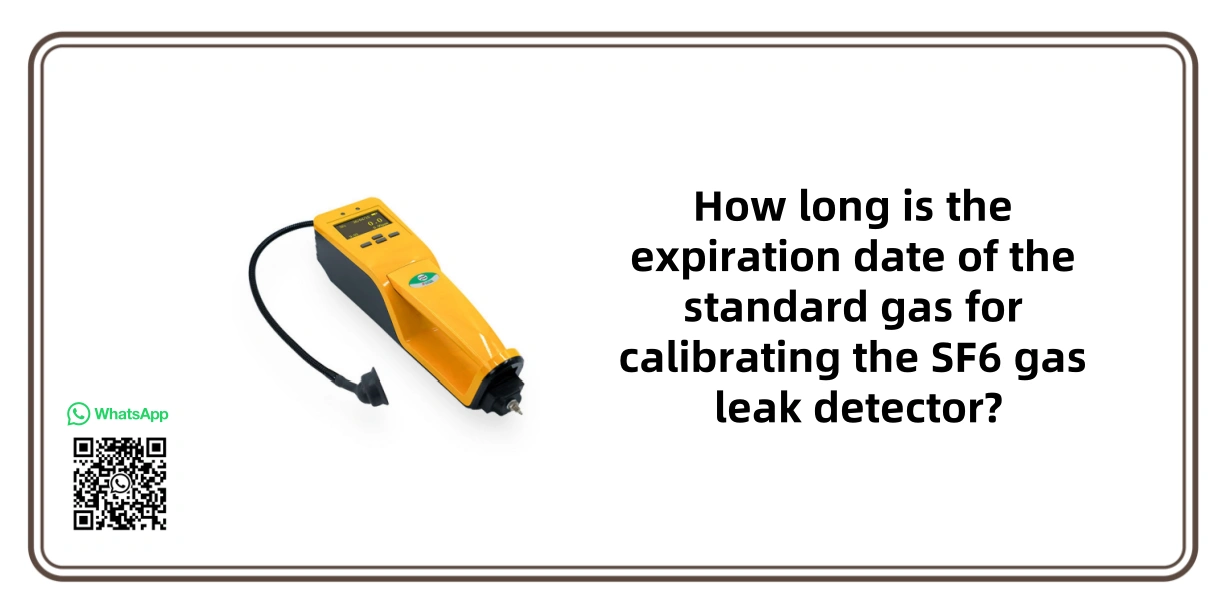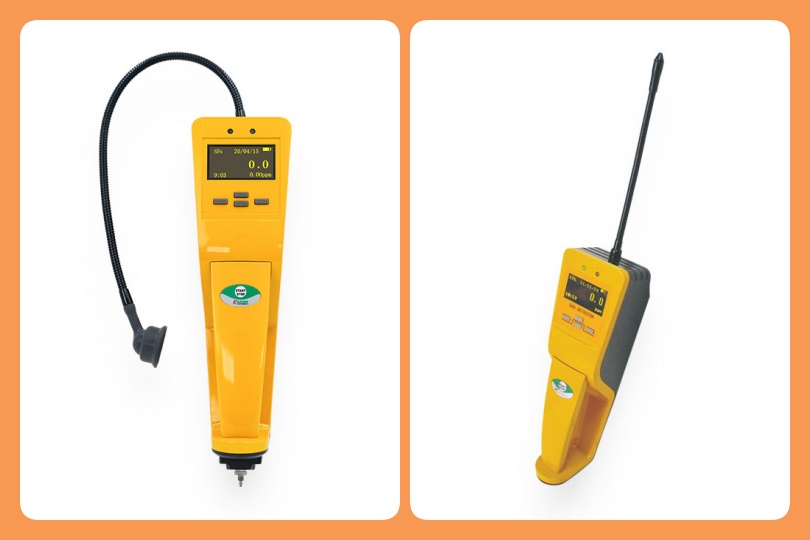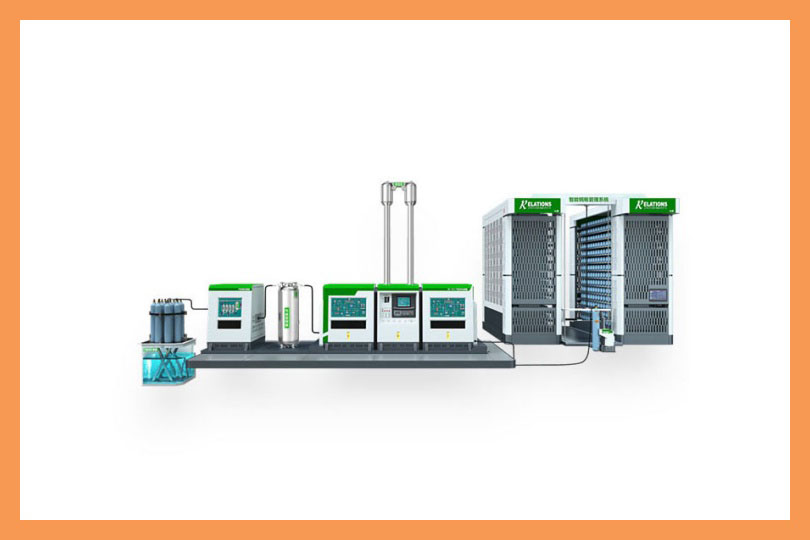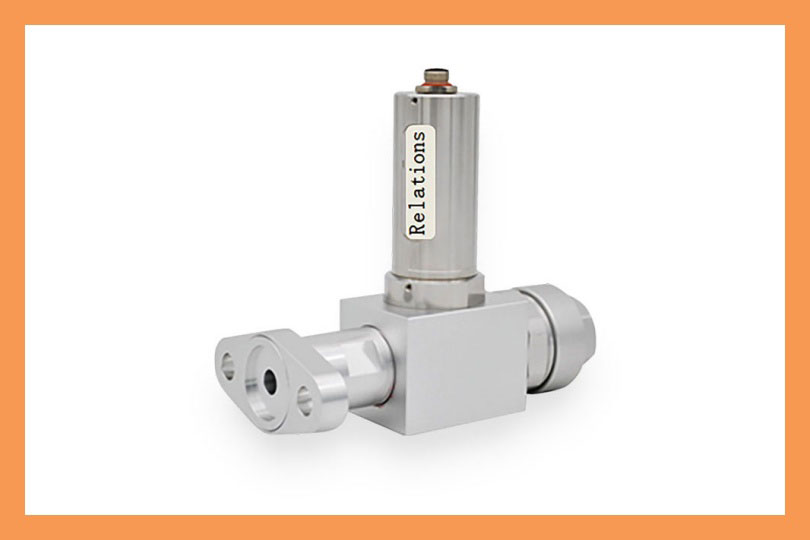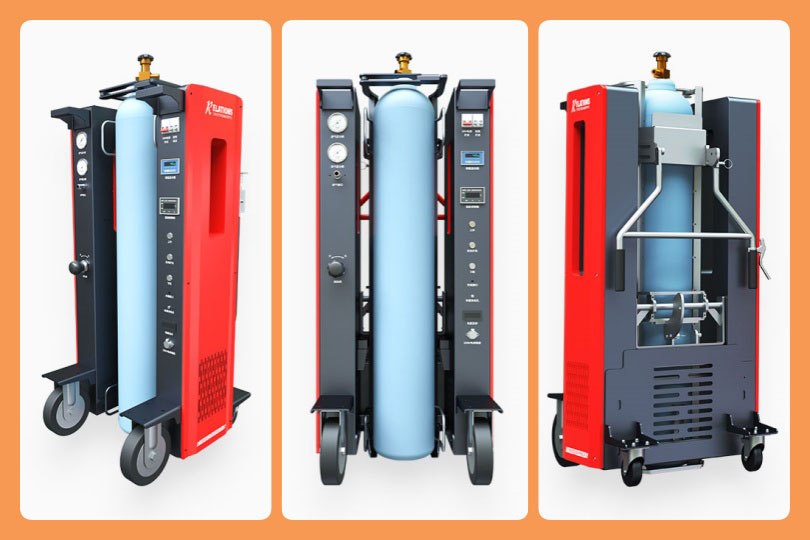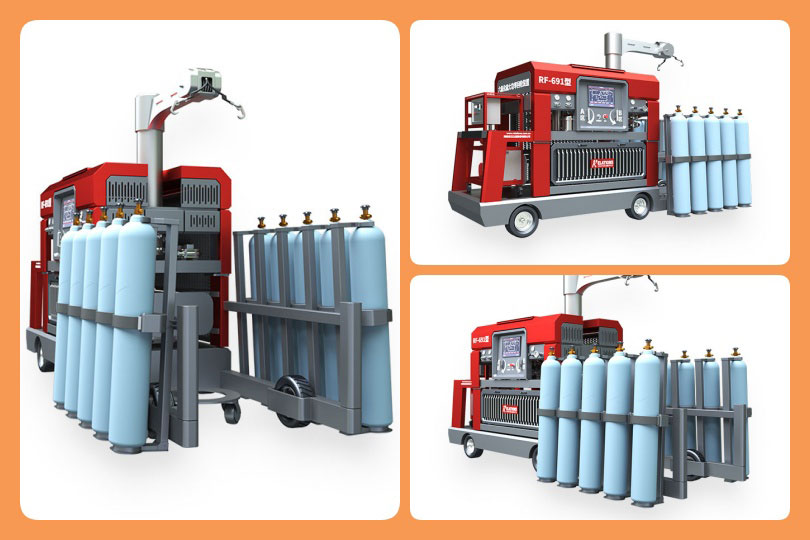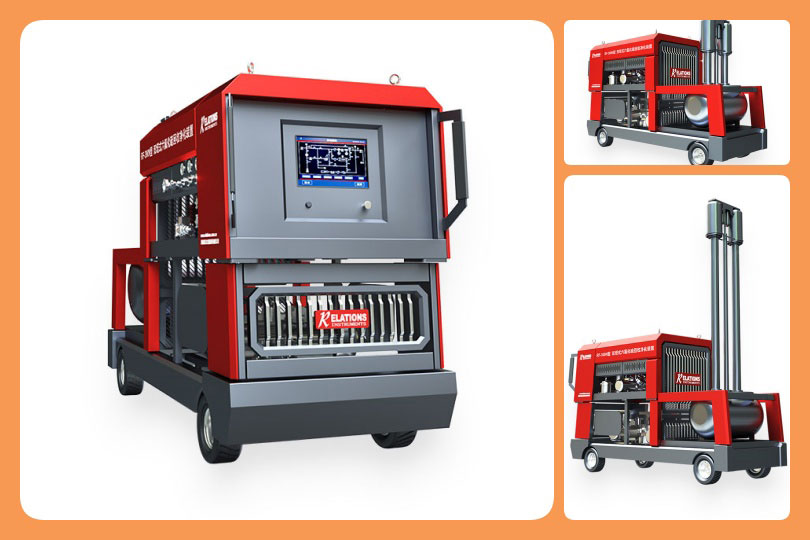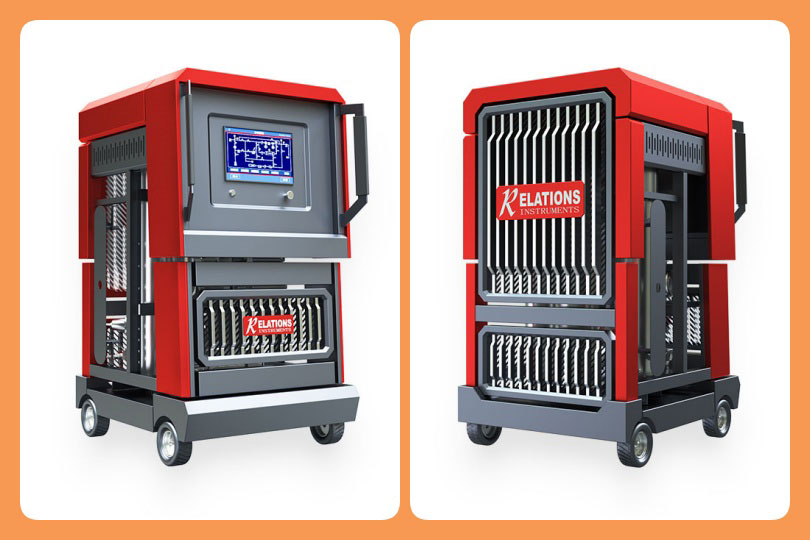How long is the expiration date of the standard gas for calibrating the SF6 gas leak detector?
Date
2025-07-01
[email protected]
Website
www.sf6gasdetector.com
Get Solutions And Quotes
How long is the expiration date of the standard gas for calibrating the SF6 gas leak detector?
The expiration date of the standard gas for calibrating the SF6 gas leak detector (referred to as “SF6 standard gas” for short) is not a fixed value. It mainly depends on factors such as the stability of the gas components, storage conditions, and the material and specifications of the gas cylinder. Generally, it ranges from 6 months to 2 years. The following are the specific influencing factors and common expiration date ranges:
1. Core Influencing Factors: Key Conditions Determining the Expiration Date of the Standard Gas
Chemical Stability of Gas Components
SF6 itself is a chemically inert gas (not easy to decompose and does not react with metals). However, the standard gas may contain other components (such as nitrogen N₂ as the balance gas, air, etc.), and the overall stability needs to be paid attention to:
Pure SF6 standard gas (such as 99.999% SF6): It has stable chemical properties. As long as there is no leakage, the expiration date can be as long as 1 – 2 years.
Low – concentration mixed standard gas (such as 1ppm SF6/N₂, 0.1ppm SF6/air): Due to the extremely low concentration of SF6 (in the ppm level and below), concentration attenuation may occur due to adsorption (SF6 molecules are adsorbed on the inner wall of the gas cylinder) and diffusion (micro – leakage through the gas cylinder valve). The expiration date is usually 6 – 12 months.
Material and Inner Wall Treatment of the Gas Cylinder
Ordinary steel cylinder: There may be rust or impurities on the inner wall, which is likely to adsorb trace amounts of SF6 (especially for low – concentration standard gas), accelerating the concentration attenuation and shortening the expiration date (such as 6 – 9 months).
Inner – wall passivated steel cylinder (such as electrolytic polishing, silane treatment): Reduces the adsorption of the inner wall and can significantly extend the expiration date of low – concentration standard gas (up to more than 12 months).
Storage and Use Conditions
Temperature: Avoid high temperatures (> 40°C) or drastic temperature changes, otherwise it may cause pressure fluctuations in the gas cylinder, accelerating gas leakage or disrupting the adsorption – desorption equilibrium. It is recommended to store at a temperature of 15 – 30°C.
Pressure: The standard gas needs to be stored under a certain pressure (usually 5 – 10MPa). When the pressure is lower than 0.5MPa, the concentration error of the low – concentration standard gas will increase significantly (because the gas is easily affected by adsorption at low pressure), and it needs to be replaced in advance.
Sealing: If there is micro – leakage in the valve (such as valve core wear), it will cause slow leakage of SF6 (especially for high – concentration standard gas). It is necessary to regularly check the valve sealing (such as using soapy water for leak detection).
2. Common Expiration Date Ranges of Different Types of SF6 Standard Gas
| Type of Standard Gas | Concentration Range | Typical Validity Period | Application Scenarios |
| High-concentration pure SF6 gas | Above 99.9% | 1-2 years | Full-scale calibration of instruments, purity testing |
| Medium-concentration mixed gas | 10-1000ppm | 9-12 months | Calibration of conventional leak detectors (e.g., infrared method) |
| Low-concentration mixed gas | 0.01-10ppm | 6-9 months | Calibration of high-precision instruments (e.g., laser method, photoacoustic method) |
| Temporary gas generated by dynamic gas mixing | Custom-prepared (below ppm level) | Valid on the day of on-site use | Ultra-low concentration calibration (e.g., detection limit verification) |
3. Precautions for Extending the Expiration Date
Storage Requirements
Store upright, avoid direct sunlight and severe vibration;
Slowly open the valve before the first use (to avoid the SF6 adsorbed on the inner wall being released instantaneously due to the impact of the gas flow, affecting the concentration accuracy);
When the remaining pressure is lower than 1MPa, it is recommended to stop using (the risk of concentration deviation increases significantly at low pressures).
Verification and Traceability
The standard gas should be accompanied by a certificate of expiration date provided by the manufacturer (indicating the preparation date and the recommended expiration date for use), and should be traceable to the national metrology institute (such as the certification of the National Institute of Metrology, China, NIM).
For the standard gas that has exceeded the expiration date but has not been used up, the actual concentration can be verified by a higher – precision instrument (such as a laboratory – grade laser spectrometer). If the error is within the allowable range (such as ± 2%), it can be temporarily used for non – critical calibrations.
The expiration date of SF6 standard gas needs to be comprehensively judged in combination with the concentration, gas cylinder material and storage conditions: low – concentration (≤ 10ppm) standard gas is recommended to be used within 6 – 12 months, and high – concentration or pure SF6 standard gas can be extended to 1 – 2 years. In practical applications, it should be based on the label of the standard gas manufacturer, and the calibration accuracy should be ensured through standardized storage and regular verification.
Related Equipment
SF6 Gas Leak Detector
| Product Information | Details |
|---|---|
| Product Model | PGAS-32 Type |
| Product Name | SF6 Infrared Leak Detector |
| Indication Error | < 2%F.S |
| Sampling Method | Pump Suction Type |
| Operating Temperature | (-10 to +60) °C |
| Response Time | (1 to 5) s |
